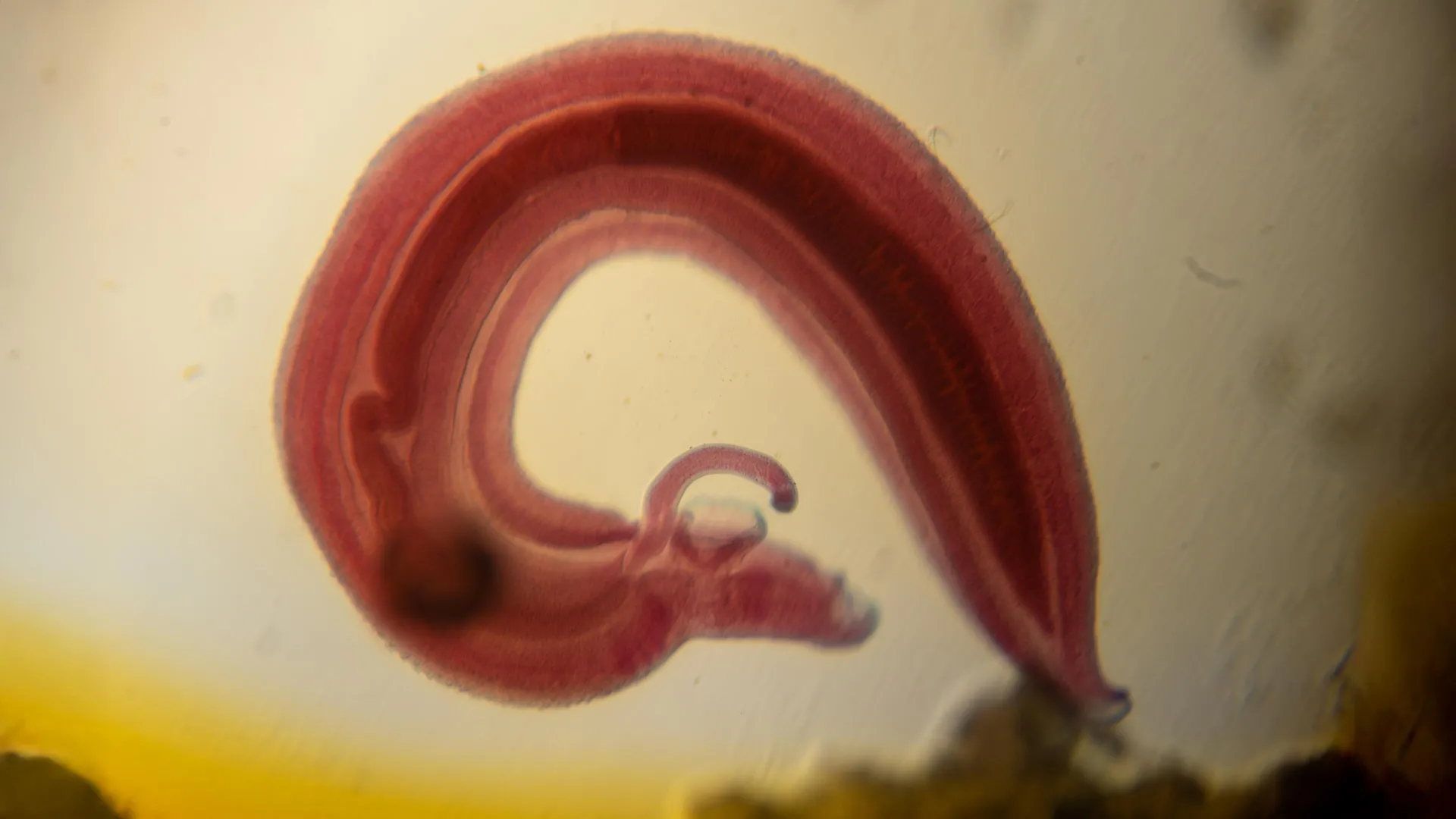Now Reading: Parasite Discovered That Silences Pain to Invade the Body
-
01
Parasite Discovered That Silences Pain to Invade the Body
Parasite Discovered That Silences Pain to Invade the Body

Quick Summary:
- A study published in The Journal of Immunology reveals that the parasitic worm Schistosoma mansoni suppresses neurons in the skin to evade detection.
- Schistosomiasis, caused by helminths like S. mansoni, occurs through contact with contaminated water during activities such as swimming and fishing. The infection causes minimal pain or itching due to suppressed immune response.
- Researchers from Tulane School of Medicine found that S. mansoni reduces activity in TRPV1+, a protein responsible for signaling sensations like heat, pain, and itching to the brain.
- By blocking TRPV1+,the worm prevents immune cells (like gd T cells,monocytes,and neutrophils) from rapidly responding with inflammation-a key defense against infection.
- Findings suggest molecules produced by S. mansoni could perhaps be adapted into therapies for painful inflammatory conditions or as alternatives to opioid-based treatments.
- Researchers envision topical agents activating TRPV1+ as preventive measures for schistosomiasis in at-risk populations.
- Future studies aim to isolate helminth-derived molecules responsible for blocking TRPV1+ activity and further investigate suppressed neural mechanisms involved.
Indian Opinion Analysis:
This discovery has implications not just for global health but could also benefit India considerably, given its large population exposed to waterborne diseases due to inadequate sanitation infrastructure. Schistosomiasis is less common in India compared to some African countries; though, understanding how invasive parasitic infections avoid detection contributes broadly toward combating neglected tropical diseases prevalent in parts of rural India. Moreover, if identified molecules can inform new pain management alternatives beyond opioids-a critical issue globally-they may prove especially beneficial within India’s emerging pharmaceutical industry.
Addressing schistosomiasis risks through protective topical solutions might help reduce future healthcare burdens if similar pathogens exist domestically or emerge due to changing ecological patterns. Indian researchers collaborating on such advancements could reinforce efforts toward affordable biomedical innovation aligned with national health objectives.

























